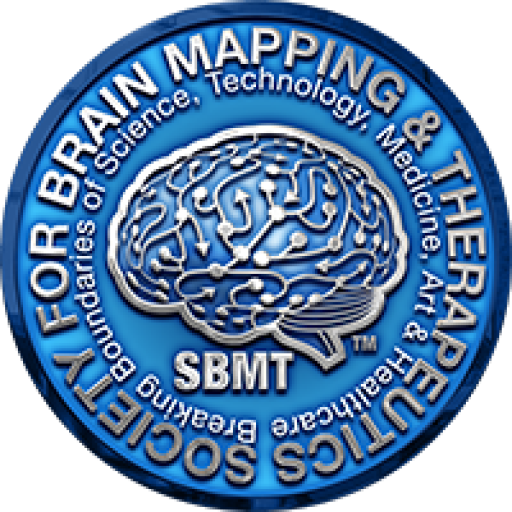Wes Ashford

Dr. Ashford is a Clinical Professor of Psychiatry and Behavioral Sciences (affiliated) at Stanford University and the Director of the War Related Illness and Injury Study Center at the VA Palo Alto Health Care System. Dr. Ashford also serves as a Senior Research Scientist at the Stanford / VA Aging and Alzheimer’s Disease Clinical Research Centers. He is Chair of the Memory Screening Advisory Board of the Alzheimer’s Foundation of America and a Senior Editor of the Journal of Alzheimer’s Disease.
He received his MD (1974) and PhD (1984) from UCLA, completing his dissertation under Dr. Joaquin Fuster. His dissertation was a finalist for the Lindsley Prize for the best in Behavioral Neuroscience (1984). He completed Psychiatry Residency at the UCLA Neuropsychiatric Institute (1979; board certified in Psychiatry, 1981). While serving as the first Chief Resident on the UCLA Geriatric Psychiatry, unit 1978 to 1979, he conducted the first double-blind study of an anti-cholinesterase drug (physostigmine) to treat Alzheimer patients (Ashford et al., 1981); anti-cholinesterase drugs are now the first-line treatment for Alzheimer’s dementia. From 1980 to 1985, Dr. Ashford directed the Geriatric Psychiatry Out-patient Clinic at UCLA and initiated the UCLA/Alzheimer PET scan study with Dr. David Kuhl. With Dr. Fuster, he made the first proposal and neurophysiologic demonstration of massive parallel information processing in connections between different regions of the cerebral cortex (Ashford & Fuster, 1985), a critical finding for understanding neuroplasticity and memory (Ashford, Coburn, and Fuster, 1998). His work in Alzheimer’s disease and neurophysiology led to the water-shed proposal that neuro-plastic memory mechanisms of the brain are specifically affected by Alzheimer pathology (Ashford & Jarvik, 1985, Ashford, 2015).
Dr. Ashford has served in leadership positions in several academic institutions. He helped to establish NIA-funded Alzheimer’s Disease Centers at Southern Illinois University School of Medicine and the University of California, Davis. While in Illinois he published the first study of Modern Test Theory in the field of Medicine, “Item-Response Theory” analysis of the Mini-Mental State Exam (Ashford et al., 1989). At the University of Kentucky, as tenured Associate Professor in Psychiatry, Neurology, and the Sanders-Brown Center on Aging, and Vice-Chair for Research, Department of Psychiatry, and a scientist in the NIA-funded Alzheimer’s Disease Research Center, he proposed a “Time-Index” method to measure Alzheimer dementia severity (Ashford et al., 1995; Ashford & Schmitt, 2001), which was used in the UK Nun study (Butler, Ashford, Snowden, 1996), and a study of the loss of cerebral perfusion in Alzheimer patients (Ashford et al., 2000). With Dr. James Geddes he showed the crucial role of paired helical filament pathology in destroying neuronal processes (Ashford et al., 1998).
In addition to publishing extensively in nearly all areas of the Alzheimer field, Dr. Ashford has studied numerous other neuropsychiatric illnesses. He provides leadership, mentorship and expert consultation in a wide range of fields touching on and synergistic to brain health and disease. He is currently developing early detection and measurement methods for cognitive function and reformulating theories of Alzheimer pathology. He continues his life-long interest and passion for improving health and slowing aging.




